Home>Gardening & Outdoor>Outdoor Recreation & Activities>What Is Cyanuric Acid In A Swimming Pool
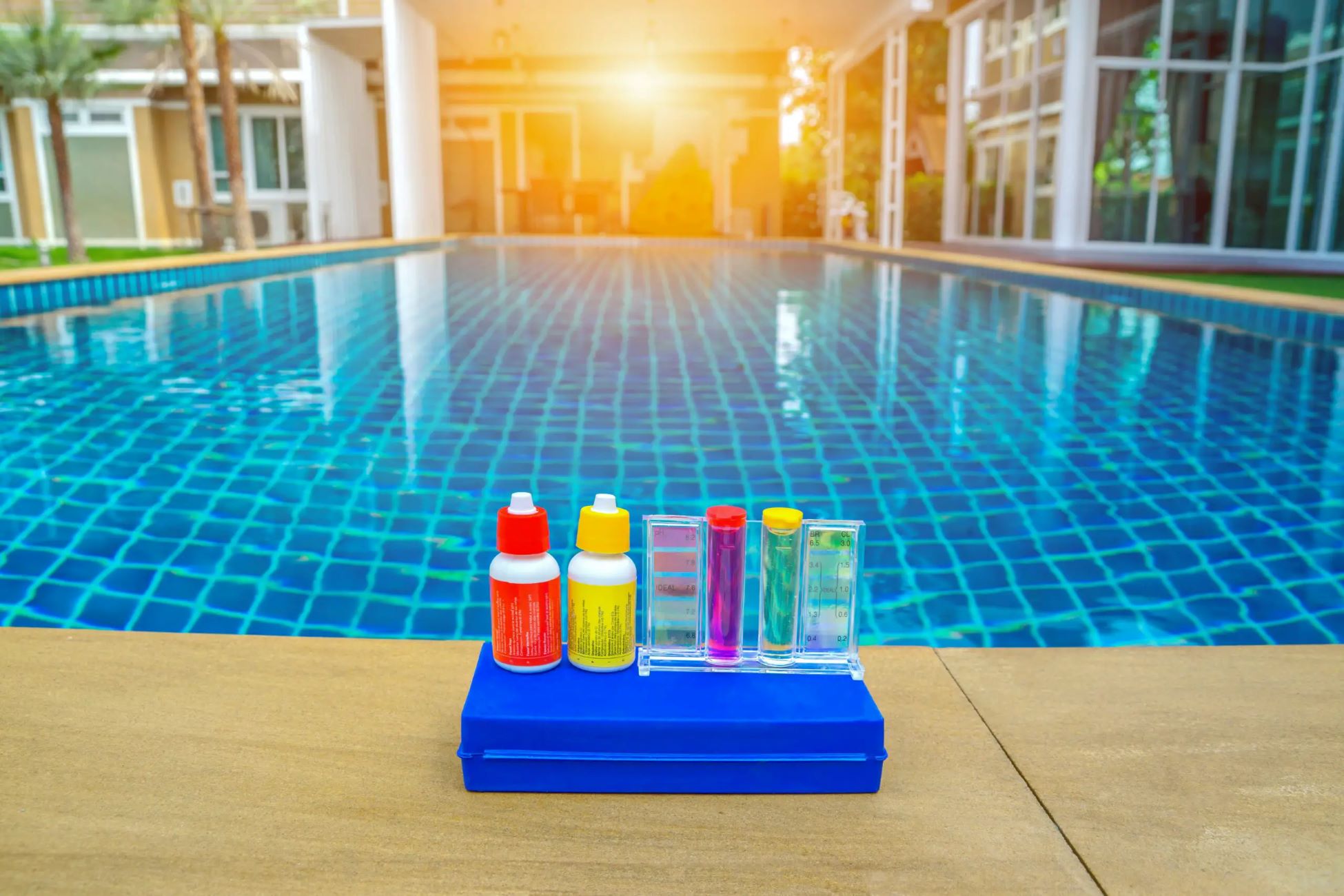

Outdoor Recreation & Activities
What Is Cyanuric Acid In A Swimming Pool
Modified: March 2, 2024
Learn about the importance of cyanuric acid in outdoor recreation and activities. Discover how it helps maintain a healthy swimming pool environment.
(Many of the links in this article redirect to a specific reviewed product. Your purchase of these products through affiliate links helps to generate commission for Storables.com, at no extra cost. Learn more)
Introduction
When it comes to maintaining a clean and safe swimming pool, there are various factors to consider, and one of the crucial elements is cyanuric acid. Understanding the role of cyanuric acid in pool maintenance is essential for ensuring a healthy and enjoyable swimming environment. In this article, we will delve into the significance of cyanuric acid, its role in pool water chemistry, and the methods for testing and adjusting its levels.
Cyanuric acid, also known as CYA or stabilizer, plays a pivotal role in preserving the effectiveness of chlorine in a swimming pool. It acts as a shield, protecting the chlorine from the deteriorating effects of sunlight. Without cyanuric acid, chlorine would rapidly dissipate when exposed to ultraviolet rays, rendering it less effective in sanitizing the pool water.
Maintaining the proper balance of cyanuric acid is crucial for ensuring that the chlorine remains stable and active in the pool. However, excessive levels of cyanuric acid can lead to issues such as chlorine lock, which hinders the chlorine's ability to sanitize the water effectively. On the other hand, insufficient levels of cyanuric acid can result in rapid chlorine dissipation, leading to frequent chlorine additions and increased maintenance costs.
In the following sections, we will explore the role of cyanuric acid in a swimming pool, the methods for testing its levels, the importance of maintaining proper cyanuric acid levels, and the procedures for adjusting its concentration. By gaining a comprehensive understanding of cyanuric acid and its impact on pool water chemistry, pool owners and maintenance professionals can effectively manage and optimize the chemical balance of their swimming pools, ensuring a safe and inviting environment for swimmers.
Key Takeaways:
- Cyanuric acid protects chlorine in swimming pools from sunlight, ensuring clean water. But too much or too little can cause problems, so it’s important to maintain the right balance for a safe and enjoyable swim.
- Testing and adjusting cyanuric acid levels in pools is crucial for keeping chlorine effective. By using test strips or professional help, pool owners can ensure a clean and hygienic swimming environment for everyone to enjoy.
What is Cyanuric Acid?
Cyanuric acid, also referred to as CYA or pool stabilizer, is a chemical compound commonly used in swimming pools to maintain the effectiveness of chlorine. It is a white, odorless, and acidic substance that is highly soluble in water. Cyanuric acid is available in granular or liquid form and is added to pool water to stabilize the chlorine, preventing its rapid degradation when exposed to sunlight.
The primary function of cyanuric acid is to shield the chlorine molecules from the deteriorating effects of ultraviolet (UV) rays. Without cyanuric acid, chlorine would quickly dissipate when exposed to sunlight, leading to a significant reduction in its sanitizing capabilities. By stabilizing the chlorine, cyanuric acid helps to prolong its effectiveness, thereby reducing the frequency of chlorine additions and ensuring consistent sanitation of the pool water.
In essence, cyanuric acid acts as a protective barrier for chlorine, allowing it to remain active and available for sanitizing the pool water over an extended period. This is particularly crucial in outdoor pools exposed to direct sunlight, where the risk of chlorine degradation is higher.
Cyanuric acid is a vital component of pool water chemistry, playing a key role in maintaining a healthy and hygienic swimming environment. However, it is essential to strike a balance in cyanuric acid levels, as excessive concentrations can lead to complications such as chlorine lock, while insufficient levels can result in rapid chlorine dissipation.
Understanding the function of cyanuric acid is fundamental for pool owners and maintenance professionals, as it enables them to make informed decisions regarding the management of pool water chemistry. By ensuring the appropriate levels of cyanuric acid, pool operators can optimize the effectiveness of chlorine and promote a safe, clean, and enjoyable swimming experience for all pool users.
The Role of Cyanuric Acid in a Swimming Pool
Cyanuric acid, often referred to as CYA or pool stabilizer, plays a pivotal role in maintaining the effectiveness of chlorine in a swimming pool. When chlorine is added to pool water for disinfection, it begins its crucial task of eradicating harmful bacteria, algae, and other contaminants. However, chlorine is susceptible to degradation when exposed to ultraviolet (UV) rays from sunlight. This is where cyanuric acid steps in as a crucial ally in preserving the chlorine's efficacy.
The primary function of cyanuric acid is to shield the chlorine molecules from the deteriorating effects of sunlight. Without cyanuric acid, chlorine would rapidly dissipate when exposed to UV rays, leading to a significant reduction in its sanitizing capabilities. By stabilizing the chlorine, cyanuric acid helps to prolong its effectiveness, thereby reducing the frequency of chlorine additions and ensuring consistent sanitation of the pool water.
In essence, cyanuric acid acts as a protective barrier for chlorine, allowing it to remain active and available for sanitizing the pool water over an extended period. This is particularly crucial in outdoor pools exposed to direct sunlight, where the risk of chlorine degradation is higher. By maintaining the proper balance of cyanuric acid, pool owners and maintenance professionals can ensure that the chlorine remains stable and active, thereby promoting a clean and hygienic swimming environment.
However, it is important to note that excessive levels of cyanuric acid can lead to complications such as chlorine lock, which hinders the chlorine's ability to sanitize the water effectively. On the other hand, insufficient levels of cyanuric acid can result in rapid chlorine dissipation, leading to frequent chlorine additions and increased maintenance costs. Therefore, striking the right balance in cyanuric acid levels is essential for optimizing the effectiveness of chlorine while avoiding potential issues associated with imbalanced cyanuric acid concentrations.
In summary, the role of cyanuric acid in a swimming pool is indispensable for preserving the efficacy of chlorine and ensuring consistent sanitation of the pool water. By understanding the significance of cyanuric acid and its impact on pool water chemistry, pool owners and maintenance professionals can effectively manage and optimize the chemical balance of their swimming pools, thereby promoting a safe, clean, and enjoyable swimming experience for all pool users.
How to Test Cyanuric Acid Levels
Testing cyanuric acid levels in a swimming pool is a fundamental aspect of pool water maintenance, as it allows pool owners and maintenance professionals to assess the concentration of cyanuric acid and make informed decisions regarding its adjustment. There are several methods available for testing cyanuric acid levels, each offering varying degrees of accuracy and convenience. The two primary methods for testing cyanuric acid levels in a swimming pool are through the use of cyanuric acid test strips and liquid reagents.
Cyanuric Acid Test Strips
Cyanuric acid test strips are a popular and convenient option for testing cyanuric acid levels in a swimming pool. These test strips are designed to provide a quick and straightforward assessment of cyanuric acid concentration. To use cyanuric acid test strips, a small sample of pool water is collected in a clean container, and the test strip is immersed in the water for the specified duration. The strip is then removed and compared to a color chart provided with the test kit. The color change on the test strip indicates the cyanuric acid concentration in the pool water, allowing for a rapid assessment of the levels.
Read more: What Is Cyanuric Acid In A Hot Tub
Liquid Reagents
Liquid reagents offer a more precise method for testing cyanuric acid levels in a swimming pool. This method involves the use of a liquid reagent test kit, which typically includes a specific reagent solution and a testing vial. To perform the test, a measured sample of pool water is added to the testing vial, followed by the addition of the liquid reagent. The solution is then mixed according to the test kit instructions, and the resulting color is compared to a provided color chart to determine the cyanuric acid concentration.
Regardless of the testing method chosen, it is essential to follow the manufacturer's instructions carefully to ensure accurate results. Regular testing of cyanuric acid levels is crucial for maintaining the proper chemical balance of the pool water and optimizing the effectiveness of chlorine. By monitoring cyanuric acid levels through routine testing, pool owners and maintenance professionals can take proactive measures to adjust the cyanuric acid concentration as needed, thereby promoting a safe and healthy swimming environment for all pool users.
The Importance of Maintaining Proper Cyanuric Acid Levels
Maintaining proper cyanuric acid levels in a swimming pool is paramount for ensuring the effectiveness of chlorine and promoting a safe and hygienic swimming environment. The significance of maintaining the appropriate cyanuric acid concentration lies in its direct impact on the stability and efficacy of chlorine, which is fundamental for disinfecting the pool water.
When cyanuric acid levels are within the recommended range, typically between 30 to 50 parts per million (ppm), the chlorine remains stabilized and protected from the degrading effects of sunlight. This stability allows the chlorine to persist in the water, effectively combating harmful bacteria, algae, and other contaminants. By preserving the chlorine's potency, proper cyanuric acid levels reduce the frequency of chlorine additions, thereby minimizing maintenance costs and ensuring consistent sanitation of the pool water.
On the contrary, inadequate cyanuric acid levels can lead to rapid chlorine dissipation, necessitating frequent chlorine additions to maintain the desired disinfection levels. This not only increases the operational costs but also poses challenges in sustaining a consistently sanitized swimming environment. Conversely, excessive cyanuric acid levels can result in a condition known as chlorine lock, where the chlorine's ability to sanitize the water is hindered. This can lead to ineffective disinfection, potentially compromising the safety and cleanliness of the pool water.
Moreover, maintaining proper cyanuric acid levels contributes to the overall sustainability of pool maintenance. By optimizing the stability of chlorine, pool owners and maintenance professionals can minimize chemical wastage, reduce the environmental impact, and enhance the efficiency of pool water management. This not only aligns with responsible environmental practices but also supports cost-effective and sustainable pool maintenance operations.
In essence, the importance of maintaining proper cyanuric acid levels in a swimming pool cannot be overstated. By ensuring that the cyanuric acid concentration is within the recommended range, pool operators can uphold the effectiveness of chlorine, minimize maintenance costs, and promote a safe and inviting swimming environment. Regular testing and proactive adjustment of cyanuric acid levels are essential practices for sustaining optimal pool water chemistry, thereby safeguarding the well-being and enjoyment of all pool users.
How to Adjust Cyanuric Acid Levels in a Swimming Pool
Maintaining the appropriate cyanuric acid levels in a swimming pool is essential for preserving the effectiveness of chlorine and ensuring a safe and hygienic swimming environment. However, there are instances where the cyanuric acid concentration may deviate from the recommended range, necessitating adjustments to restore the chemical balance of the pool water. Here are the methods for adjusting cyanuric acid levels in a swimming pool:
Dilution by Partial Drainage and Refilling
One of the most common methods for reducing excessive cyanuric acid levels in a swimming pool is through dilution by partial drainage and refilling. This process involves draining a portion of the pool water containing elevated cyanuric acid levels and replacing it with fresh water. By diluting the pool water with water containing lower cyanuric acid concentrations, the overall cyanuric acid level in the pool is effectively reduced. It is important to calculate the volume of water to be replaced based on the current cyanuric acid levels and the desired reduction, ensuring that the dilution process achieves the targeted adjustment.
Cyanuric Acid Reducer Products
Specialized cyanuric acid reducer products are available for effectively lowering cyanuric acid levels in a swimming pool. These products are designed to chemically reduce the concentration of cyanuric acid in the water, providing a convenient and targeted solution for adjusting cyanuric acid levels. It is crucial to follow the manufacturer's instructions meticulously when using cyanuric acid reducer products to ensure safe and effective application.
Professional Assistance
In cases where significant adjustments to cyanuric acid levels are required, seeking professional assistance from pool maintenance experts or water treatment specialists is advisable. These professionals have the expertise and resources to accurately assess cyanuric acid levels and implement precise adjustments to restore the chemical balance of the pool water. Additionally, they can provide valuable insights and recommendations for maintaining optimal cyanuric acid levels in the long term.
Preventative Measures
Implementing preventative measures to regulate cyanuric acid levels can help minimize the need for extensive adjustments. Regular monitoring of cyanuric acid levels through routine testing allows for early detection of any deviations, enabling proactive measures to maintain the appropriate concentration. By practicing responsible pool water management and adhering to recommended cyanuric acid levels, pool owners can mitigate the likelihood of significant adjustments in the future.
By employing these methods for adjusting cyanuric acid levels in a swimming pool, pool owners and maintenance professionals can effectively manage the chemical balance of the pool water, ensuring the stability and efficacy of chlorine while promoting a safe and enjoyable swimming environment. Regular monitoring, proactive adjustments, and responsible pool water management are integral to sustaining optimal cyanuric acid levels and upholding the overall quality of pool maintenance.
Conclusion
In conclusion, the role of cyanuric acid in maintaining a healthy and hygienic swimming pool environment cannot be overstated. By serving as a crucial stabilizer for chlorine, cyanuric acid plays a pivotal role in preserving the effectiveness of chlorine and ensuring consistent sanitation of the pool water. The proper balance of cyanuric acid is essential for safeguarding the stability and potency of chlorine, thereby minimizing maintenance costs and promoting a safe and inviting swimming experience for all pool users.
Maintaining the appropriate cyanuric acid levels, typically within the range of 30 to 50 parts per million (ppm), is fundamental for optimizing the chemical balance of the pool water. This not only prolongs the effectiveness of chlorine but also contributes to sustainable pool maintenance practices by minimizing chemical wastage and reducing environmental impact.
Regular testing of cyanuric acid levels is imperative for monitoring the chemical balance of the pool water and making informed adjustments as needed. Whether through the use of test strips, liquid reagents, or professional assistance, maintaining the proper cyanuric acid levels is a proactive measure that ensures the stability and efficacy of chlorine, thereby upholding the overall quality of pool water management.
In essence, understanding the significance of cyanuric acid and its impact on pool water chemistry empowers pool owners and maintenance professionals to make informed decisions regarding the management of pool water chemistry. By prioritizing the maintenance of proper cyanuric acid levels, pool operators can optimize the effectiveness of chlorine, minimize maintenance costs, and promote a safe, clean, and enjoyable swimming environment for all pool users.
As we conclude, it is evident that cyanuric acid is not just a chemical component in pool maintenance but a vital ally in preserving the quality and safety of swimming pool water. By recognizing its importance and implementing proactive measures to maintain optimal levels, pool owners and maintenance professionals can ensure that their swimming pools remain a source of relaxation, recreation, and enjoyment for all.
Frequently Asked Questions about What Is Cyanuric Acid In A Swimming Pool
Was this page helpful?
At Storables.com, we guarantee accurate and reliable information. Our content, validated by Expert Board Contributors, is crafted following stringent Editorial Policies. We're committed to providing you with well-researched, expert-backed insights for all your informational needs.
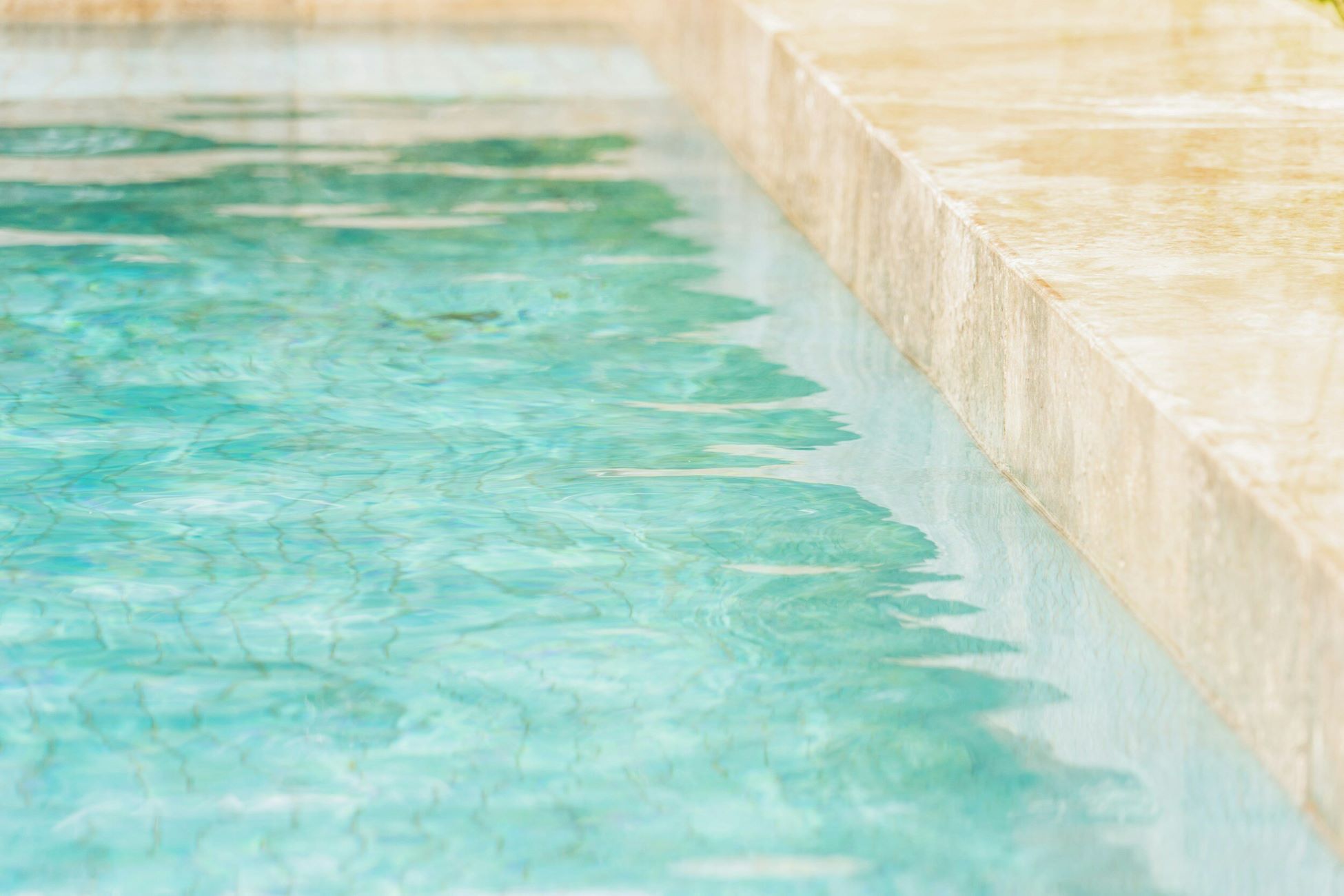
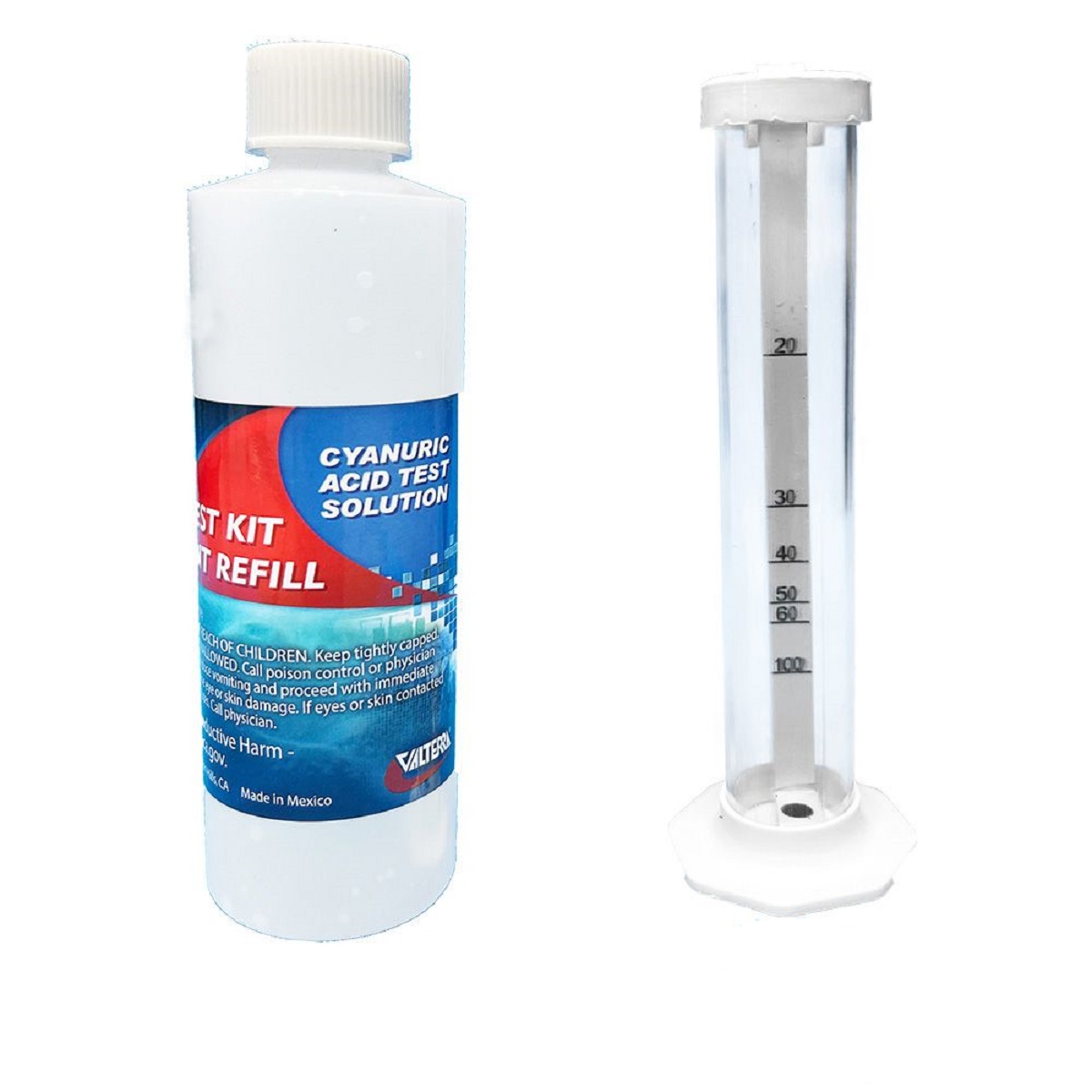
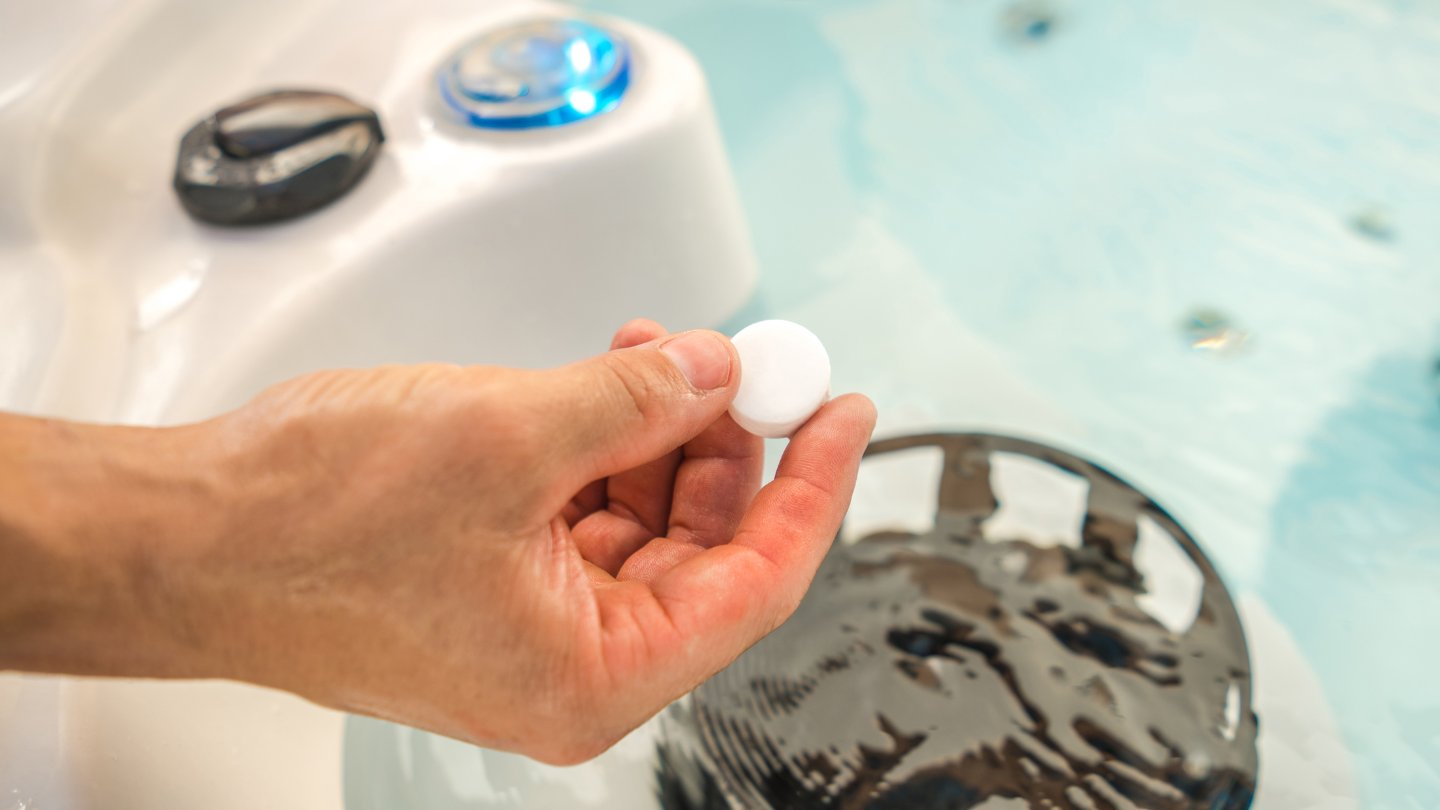
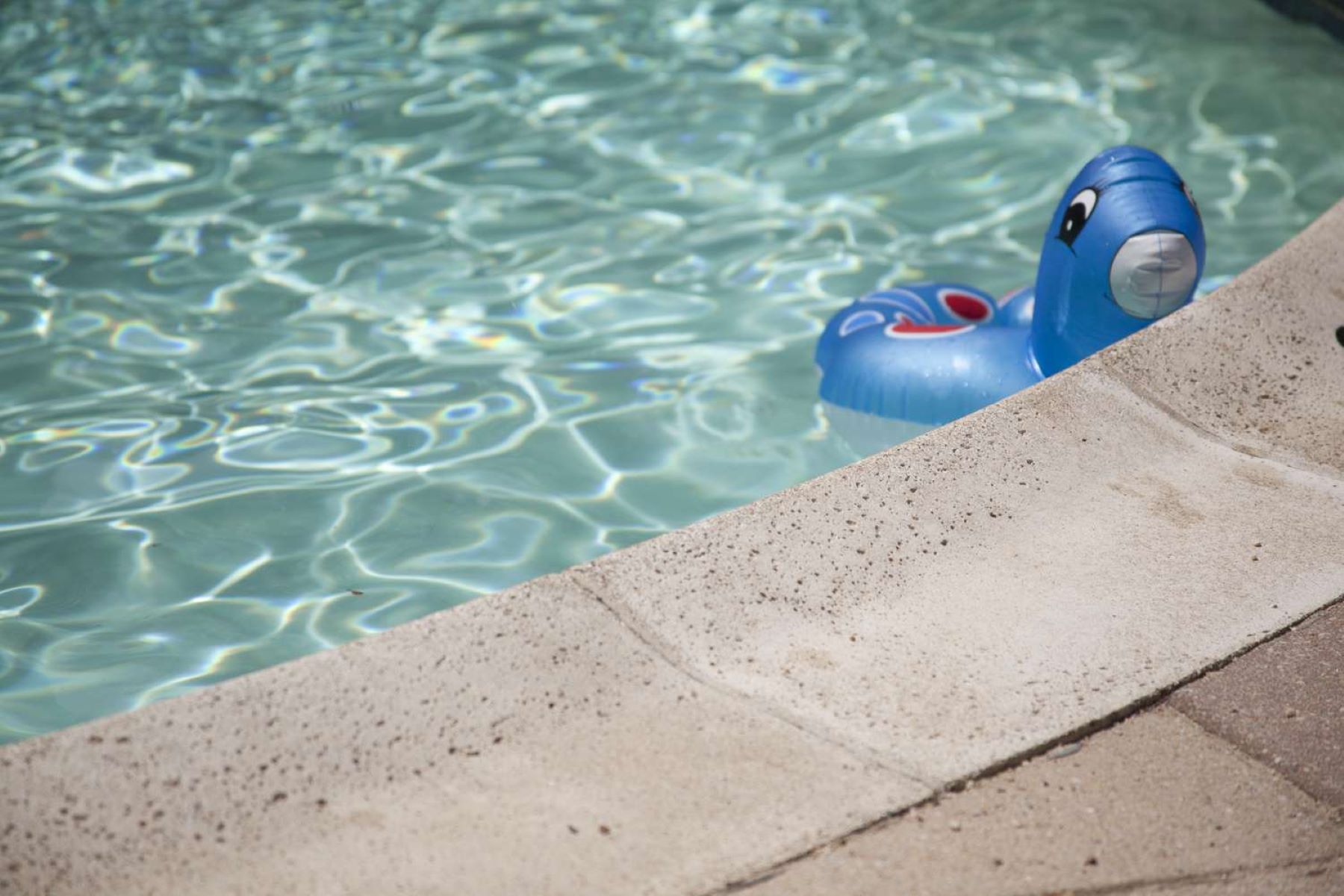

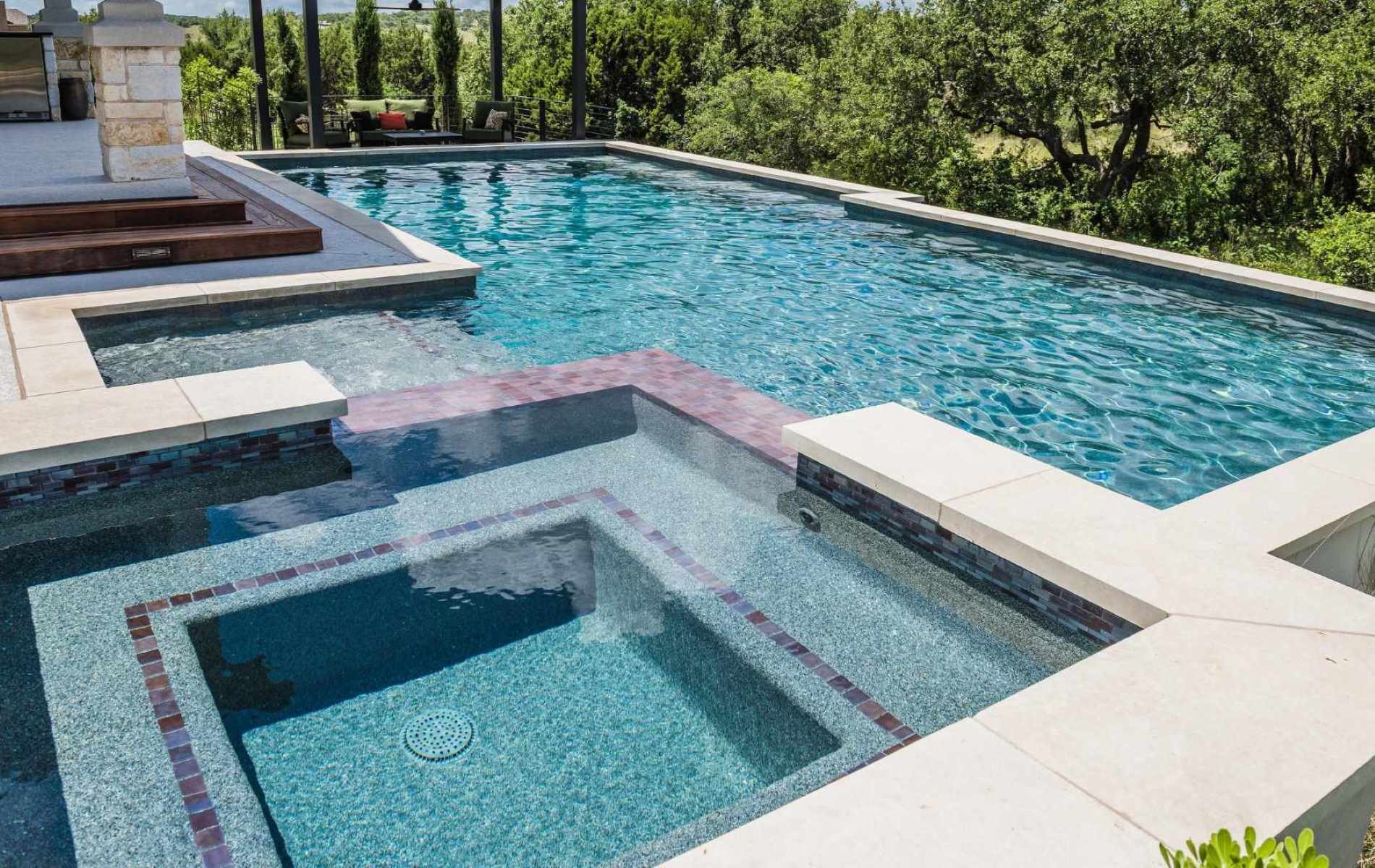
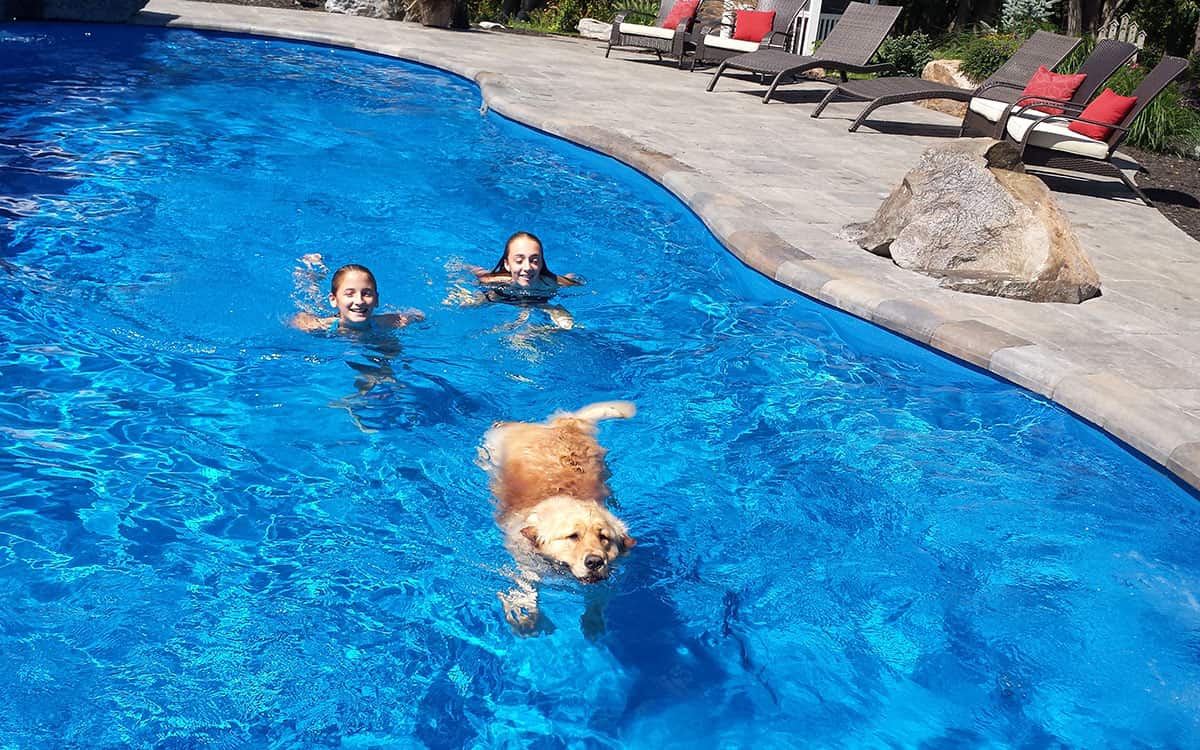

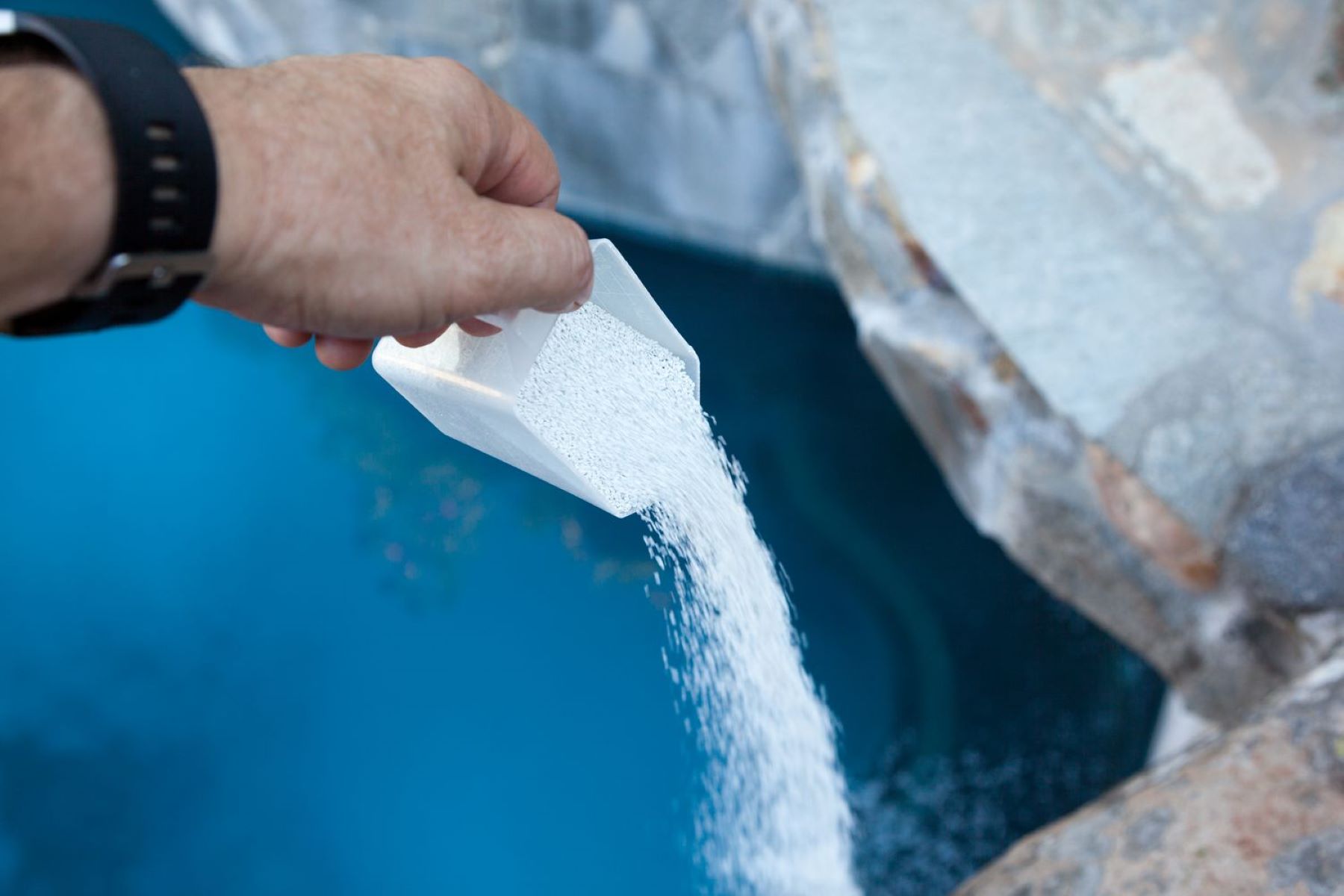


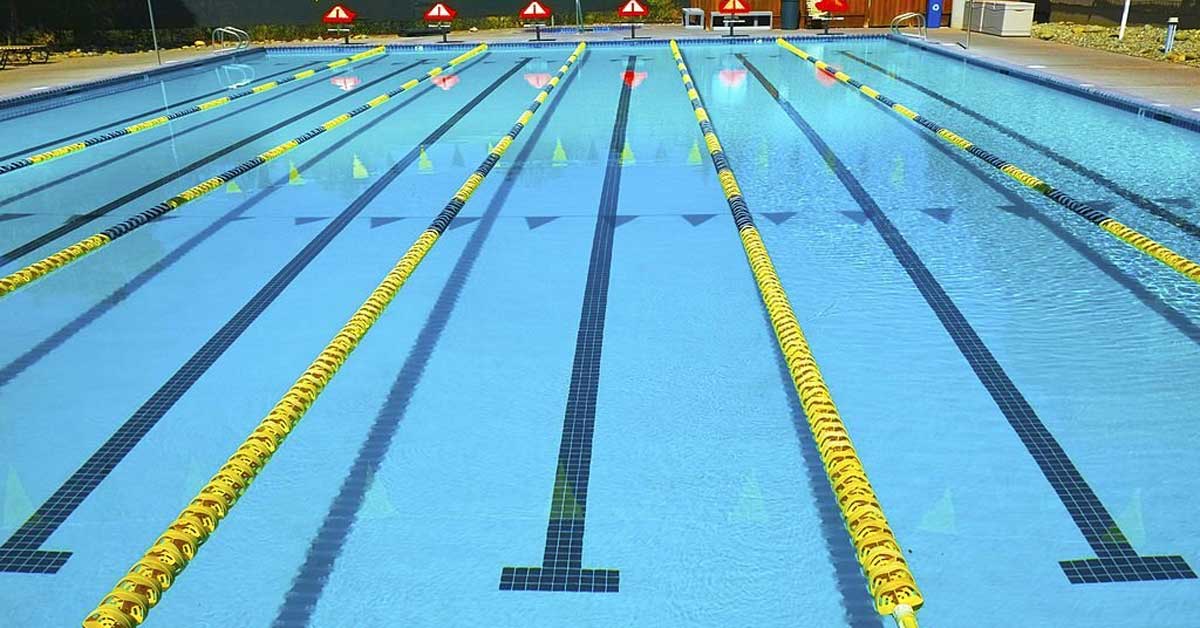
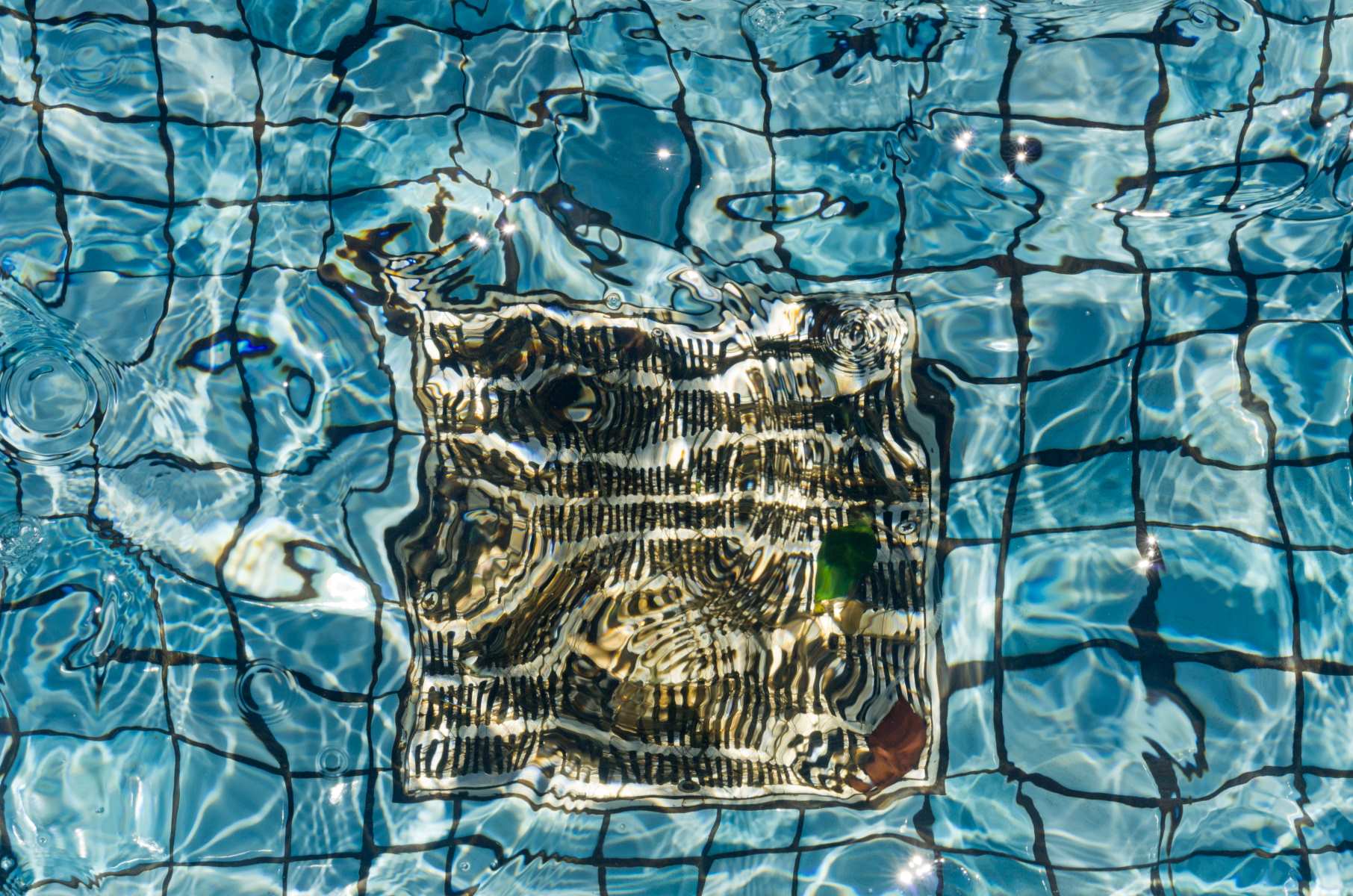

0 thoughts on “What Is Cyanuric Acid In A Swimming Pool”